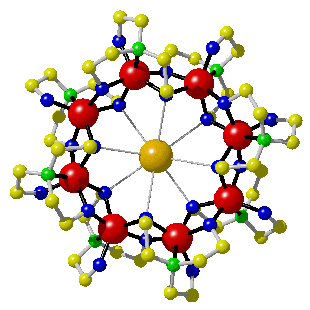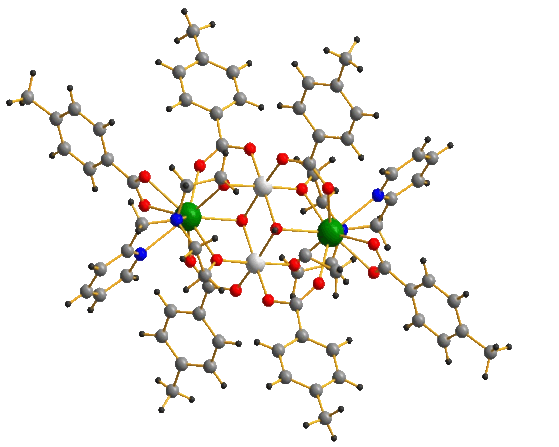Inelastic Neutron Scattering (INS)
Neutron scattering experiments are important for studying the properties of a magnetic material, especially in the case of Single Molecule Magnets (SMMs). To initiate these experiments, neutron sources are needed which have to be produced artificially. Renowned facilities like the Institut Laue Langevin (ILL) in Grenoble and the Forschungsneutronenquelle Heinz Maier-Leibnitz (MLZ) in Munich have such reactors which are used for neutron scattering experiments.
One of the neutron scattering techniques is the Inelastic Neutron Scattering (INS) which plays an important role in material analysis. INS is a technique where Neutrons are scattered by a sample, and these scattered Neutrons reveal information about the energy levels and excitation of a material. In the case of SMMs, INS helps study the magnetic excitations and interactions between magnetic moments within the molecule.
Sample Preparation:
To conduct time-resolved INS measurements on SMMs, a specialized sample is prepared. In this case, a significant quantity of sample material is required (around 1 g). Therefore, usually polycrystalline powders is used. The samples are contained within a uniquely designed aluminum structure with two layers,and cylindrical in shape, as illustrated in the figure below. The picture on the left presents an actual aluminum container which includes a cylinder, an inset, a cap and finally an indium wire. The figure on the right is a schematic representation of the setup, which is a sectional drawing along the z-axis of the container. This schematic provides a better understanding on how the sample, represented in blue, is placed.
The cylindrical shape, allows for the optimal utilization of the neutron beam width, therefore, minimizing directional differences.For secure sealing, an indium wire, known for its high ductility at low temperatures, is used. The material of choice for the container is Aluminum due to advantageous properties, including its well-characterized Bragg-peak.
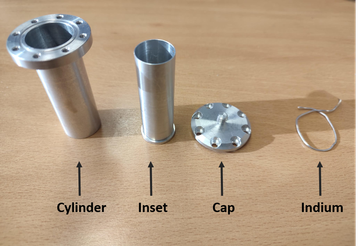 |
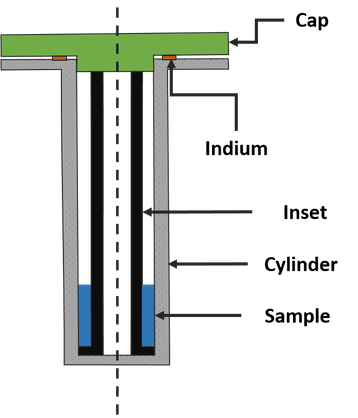 |
Example Analysis of Mn12ac: Magnetic Relaxation Studies by Time-Resolved Inelastic Neutron Scattering
The need of magnetic fields (along the z axis) has two reasons:
- Below the blocking temperature of Mn12ac, it is possible to create a metastable situation of the populations of the M = +10 and M = -10 levels in the two-sides of the double-well potential with an appropriate time protocol for the magnetic field.
- For non-zero magnetic field, the M = -10 to -9 and M = +10 to +9 transitions appear at different energies in the INS spectrum, so that the populations of the M = +10 and M = -10 levels can be measured individually via the intensities of the two INS peaks.
This permitted a time-resolved INS study of the magnetic relaxation in Mn12ac: First, only the M = +10 level was populated by applying a negative field of -0.85 T. Then, the field was swept quickly to a positive value, B = 0.4 T in our experiment, so that all molecules were in the now higher lying M = +10 level. This triggered the relaxation of the system towards the M = -10 level, which was when followed by repeated INS measurement runs. It is absolutely remarkable that run times of 5 min gave already reasonable spectra. Typically, however, run times of 30 min were used. In Mn12ac the relaxation rate is several months at 1.5 K, and few seconds at the blocking temperature. Thus, via the temperature, the relaxation rate could be tuned to appropriate values, so that INS run times of 5-30 min allowed reasonable time resolution. The animation below shows results obtained at T = 2.65 K (but using a somewhat different measurement protocol which allowed higher resolution).
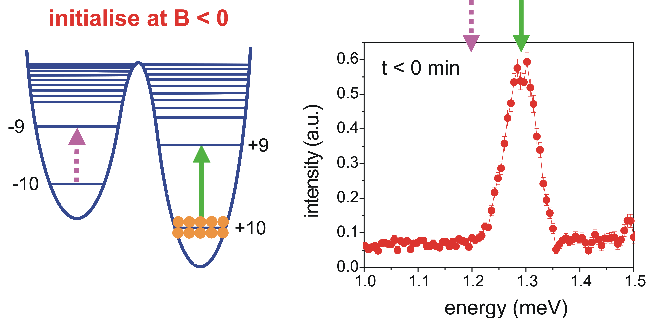
Animation of the time-resolved inelastic neutron scattering measurement on the single-molecule magnet Mn12ac at T = 2.65 K. The measurement protocol consited of i) an initialization step, ii) an inversion of field to trigger the relaxation, and iii) repeated INS runs to follow the time evolution of the populations in each well. The experiment was done on the time-of-flight spectrometer IN5 at the ILL. The sample mass was about 1 g. Data was recorded for 30 min for each figure.
O. Waldmann, G. Carver, C. Dobe. D. Biner, A. Sieber, H.-U. G del, H. Mutka, J. Ollivier, N. E. Chakov,
"Magnetic relaxation studies by time-resolved inelastic neutron scattering",
Appl. Phys. Lett. 88, 042507 (2006). [pdf]


